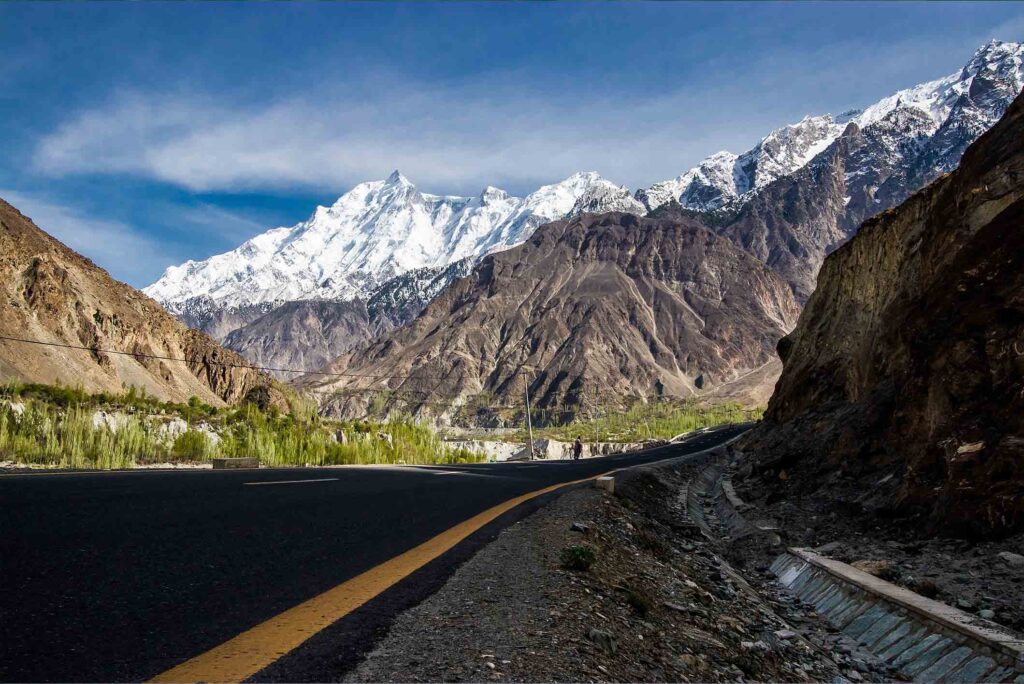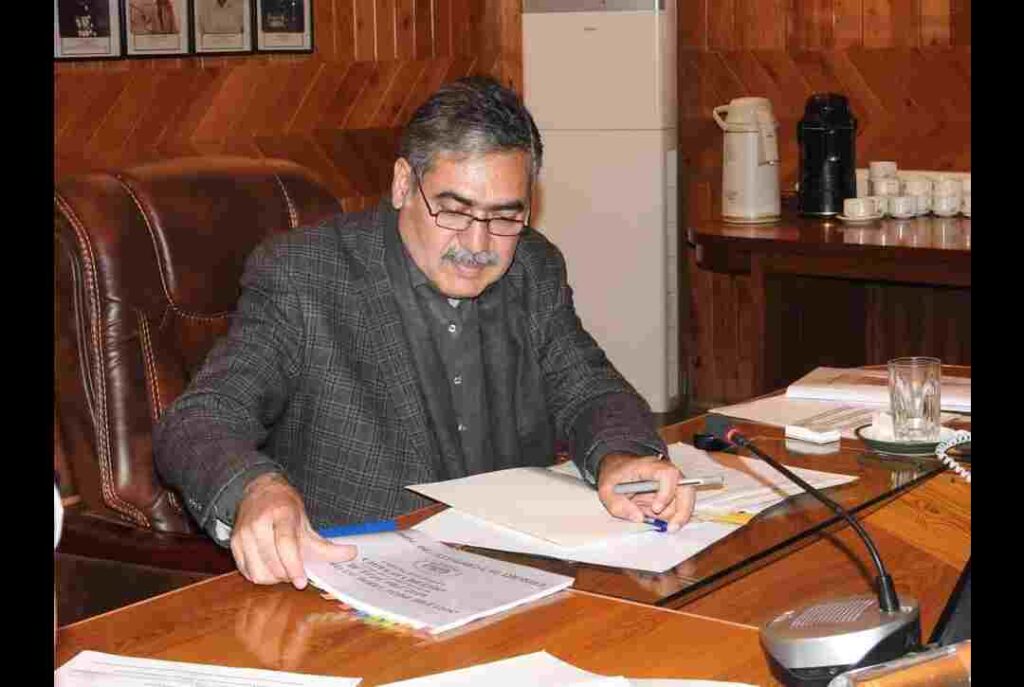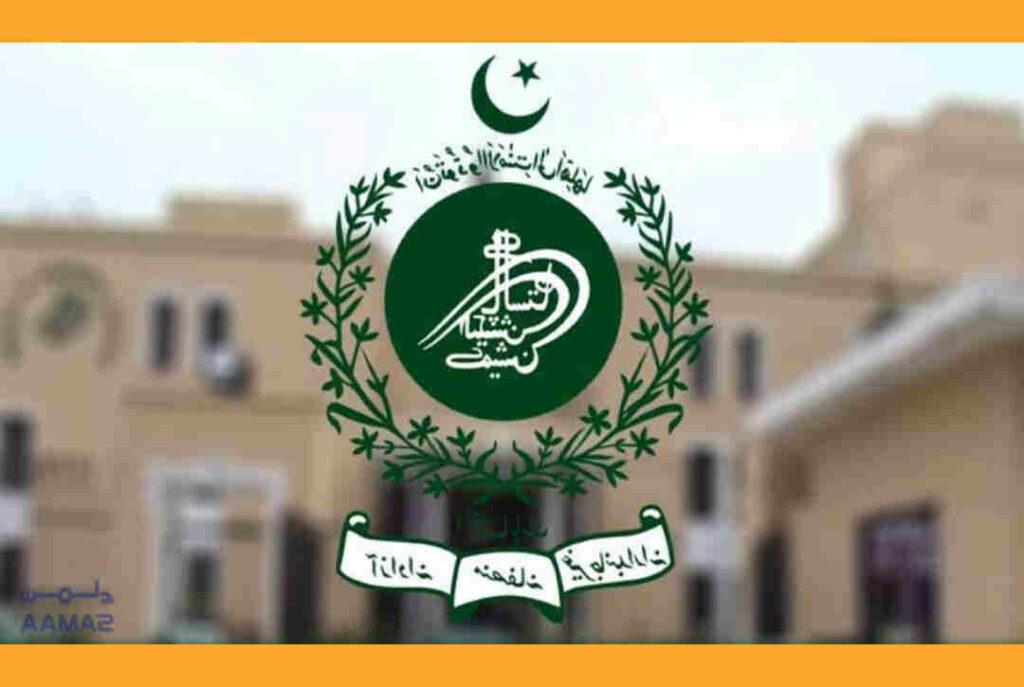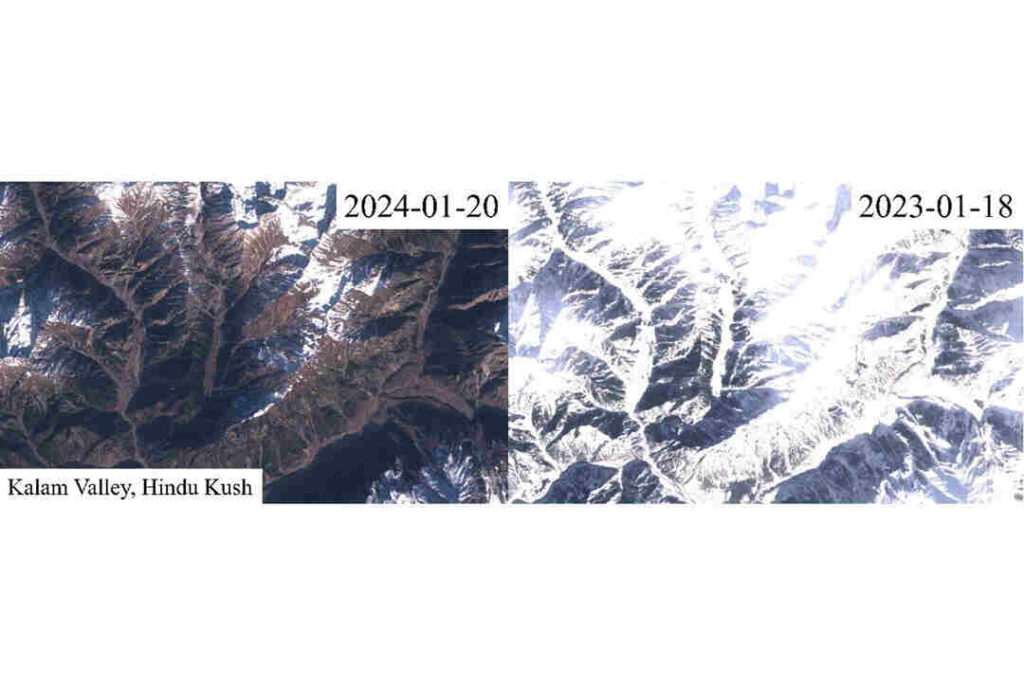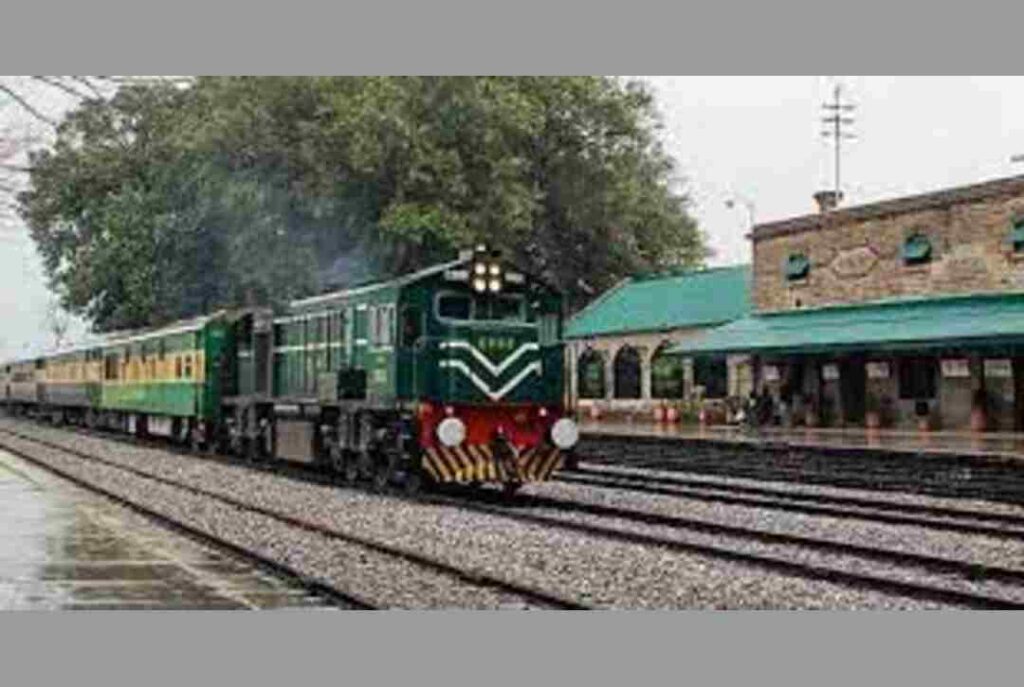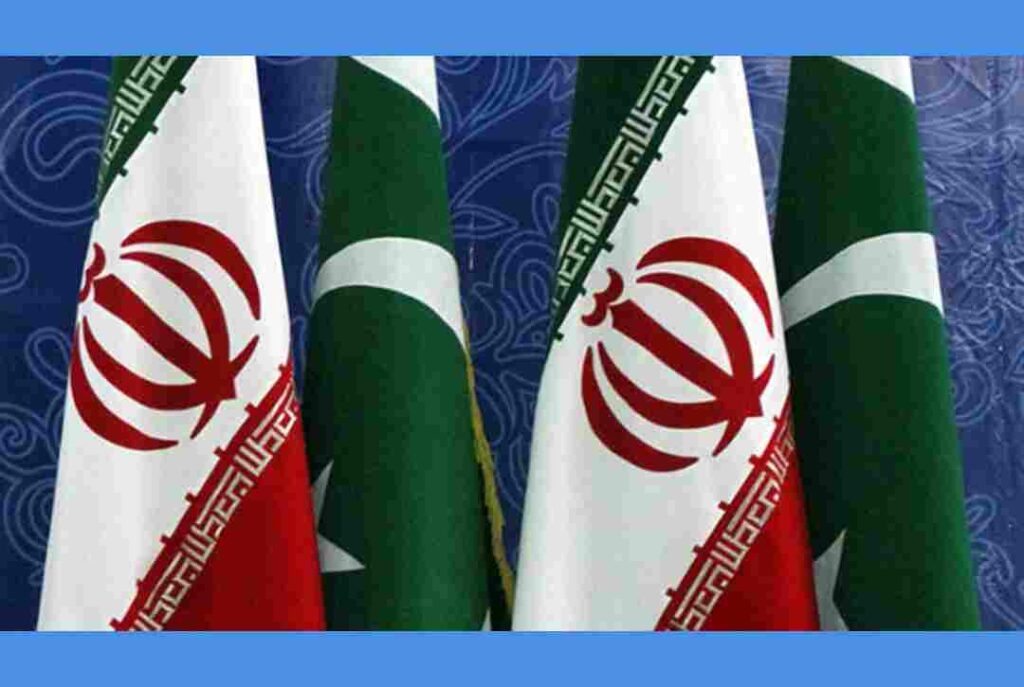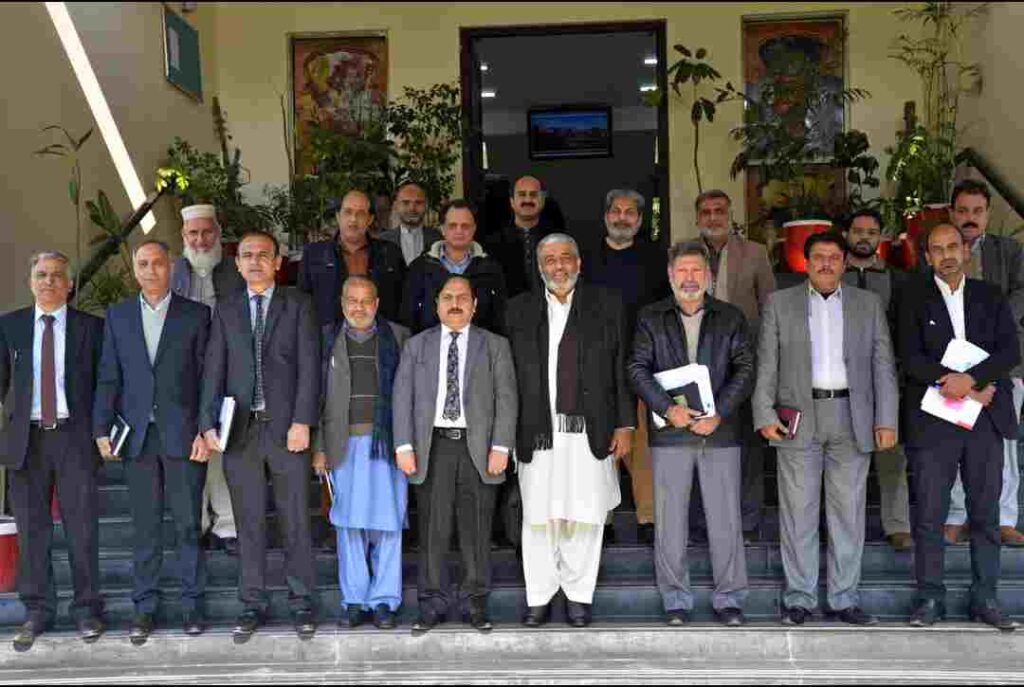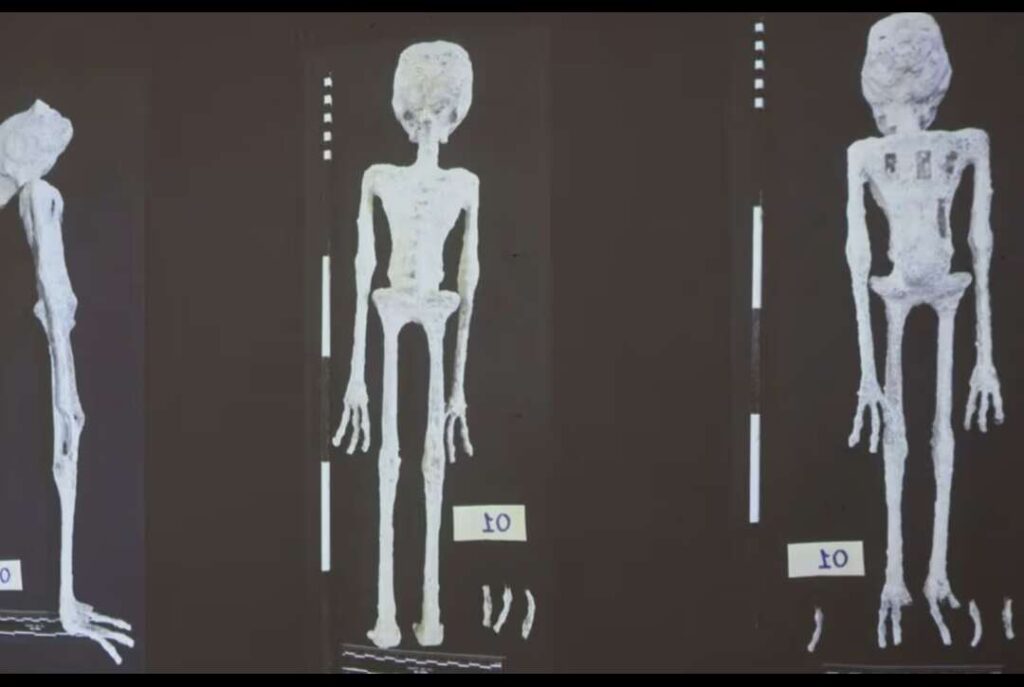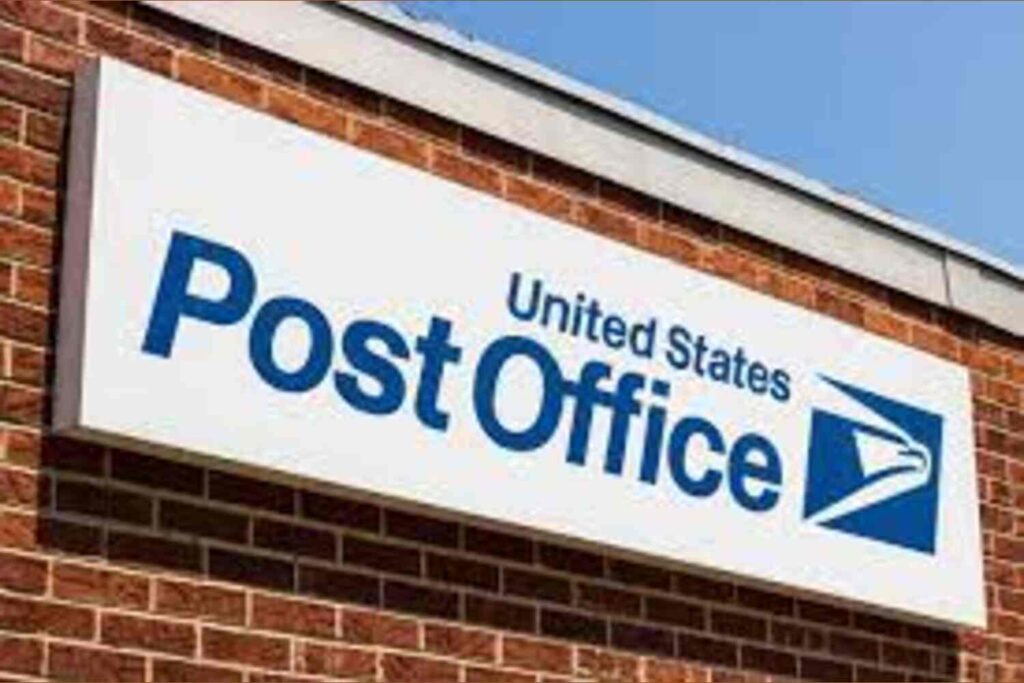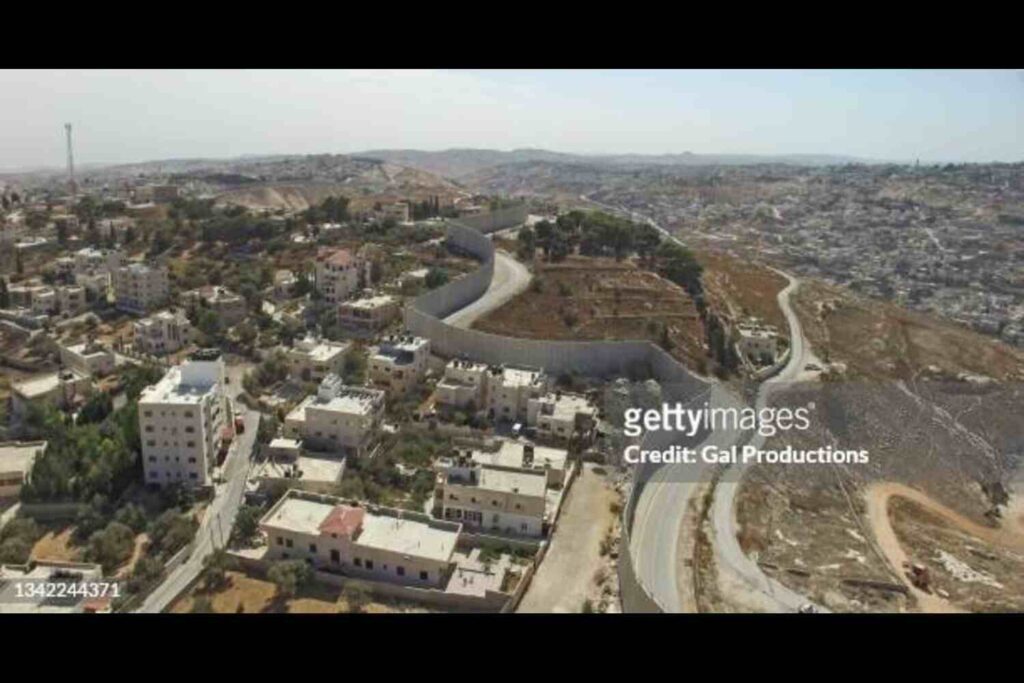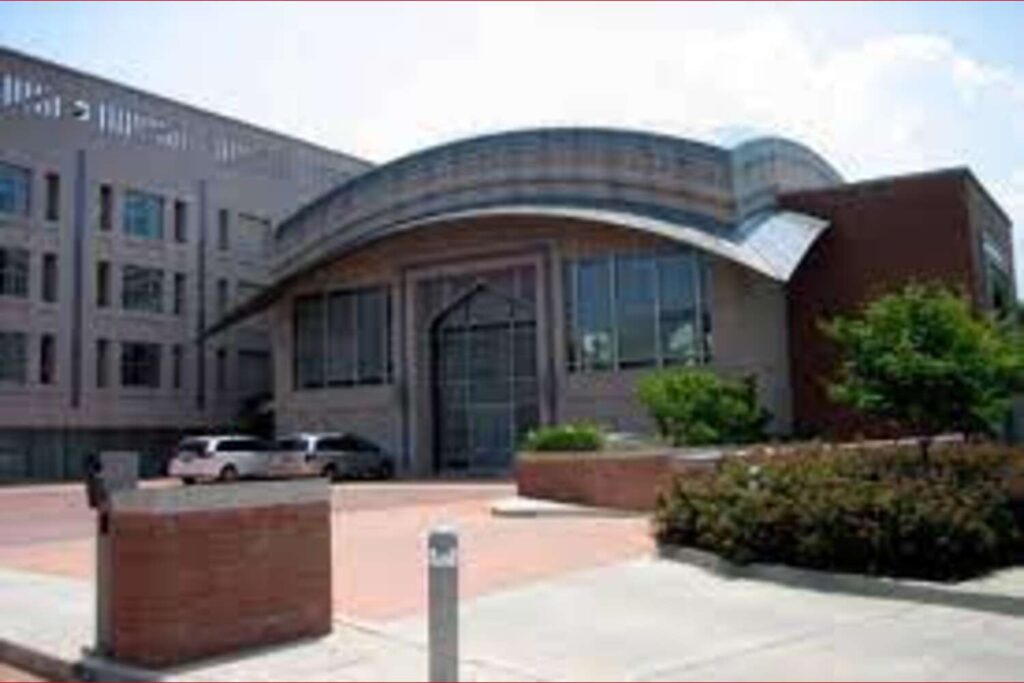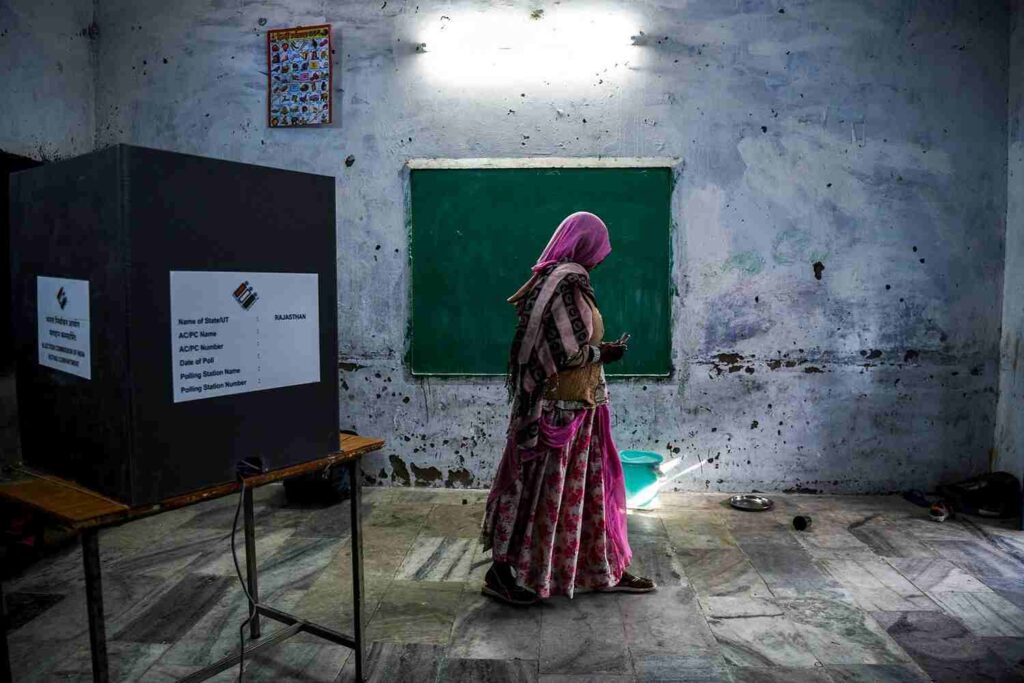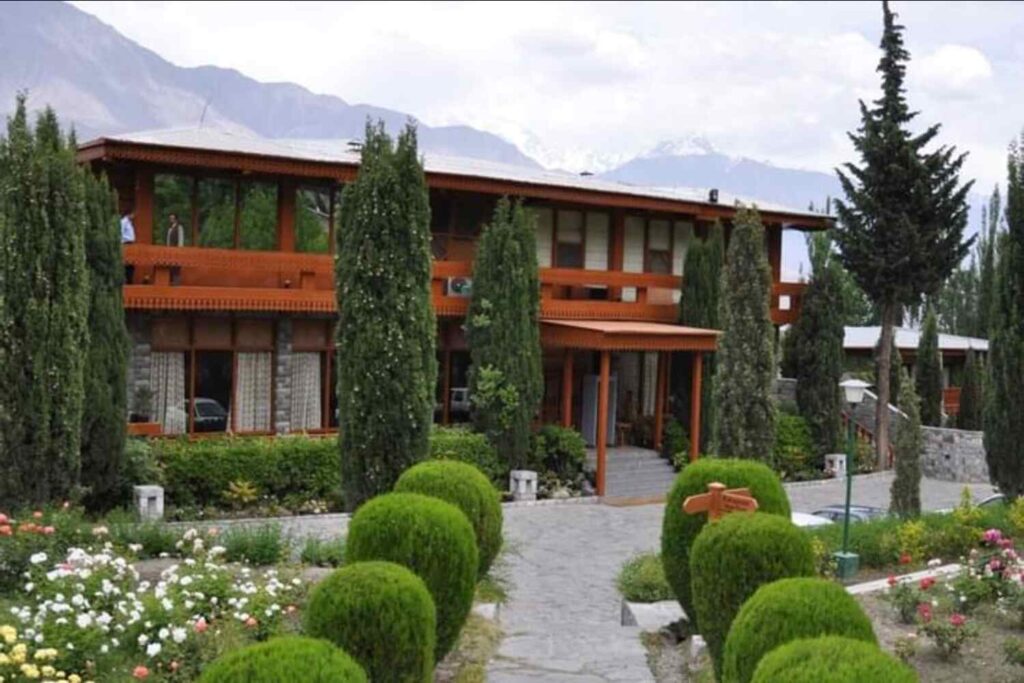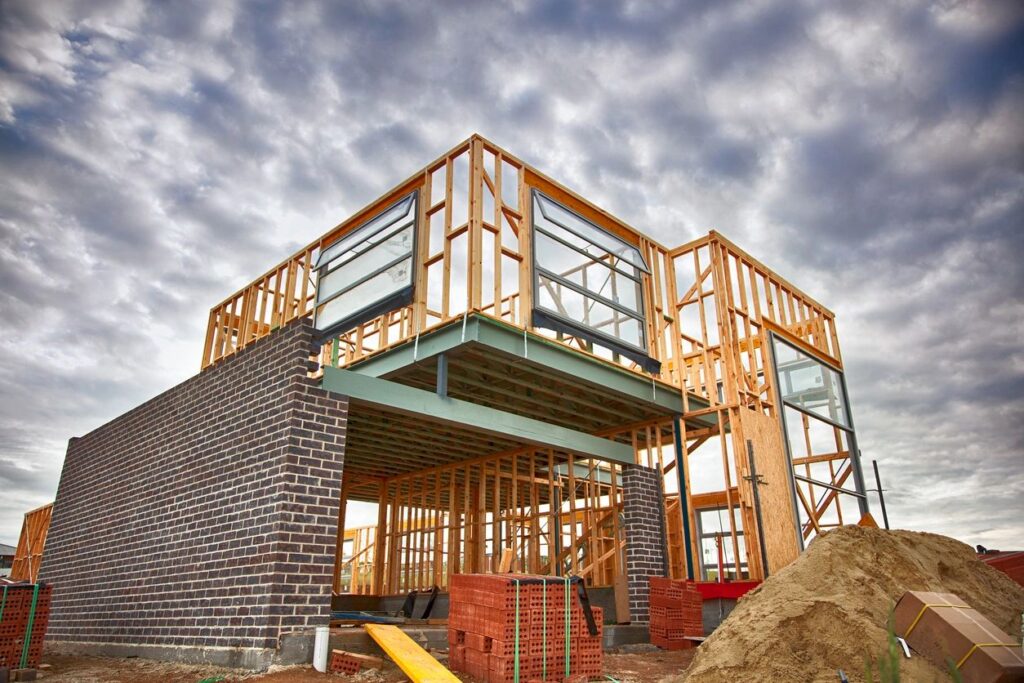Revitalizing Pakistan’s Railway System

By Muhammad Khubaib
Pakistan’s railway system, a lifeline for the nation’s transportation network, has undergone substantial challenges in recent years, facing financial losses and operational inefficiencies.
The need for a concerted effort from the government and stakeholders to address these issues is evident. This article explores in-depth strategies, supported by statistical data from the Pakistan Bureau of Statistics (www.pbs.gov.pk), to overhaul and rejuvenate Pakistan’s railway system, making it more efficient, safer, and financially sustainable.
A cornerstone of any revitalization strategy is investing in modern infrastructure. Pakistan’s railway system needs a substantial upgrade, encompassing tracks, signaling systems, and rolling stock. Only 35% of the existing railway tracks meet the standards required for high-speed trains, emphasizing the critical need for comprehensive infrastructure development. A phased modernization plan, including the incorporation of advanced technologies, can significantly enhance operational efficiency and the overall passenger experience.
To tackle this, the government must collaborate with international partners, tapping into expertise and securing financing for large-scale projects. An efficient, modern infrastructure not only improves safety and reliability but also positions the railway system to accommodate future technological advancements.
Ensuring the safety of passengers and cargo is paramount for the success of any railway system. Shockingly, between 2018 and 2020, Pakistan experienced an average of 2,500 railway accidents annually, underscoring the need for immediate action. Implementing advanced safety measures, such as improved signaling systems and rigorous training programs for railway personnel, is crucial in minimizing accidents and derailments.
A comprehensive safety framework should be developed, incorporating international best practices. This involves regular maintenance checks, robust safety training, and the integration of cutting-edge technology for real-time monitoring of the entire railway network. By prioritizing safety, the railway system not only protects lives and assets but also instills confidence among passengers and encourages greater usage.
Addressing financial losses is a linchpin for the sustainable growth of Pakistan’s railway system. Recent data reveals staggering losses of approximately PKR 36 billion in the fiscal year 2022-2023. This emphasizes the urgency to adopt stringent cost-saving measures and enhance revenue streams.
To control losses, a thorough financial audit is required to identify areas of inefficiency and redundancy. Strategies such as efficient financial management, targeted cost-cutting measures, and exploring new revenue streams, including partnerships with the private sector for non-core services, should be considered. Additionally, fare adjustments based on market dynamics and passenger demand can contribute to a more financially stable railway system.
Improving operational efficiency is pivotal for the railway system’s profitability. Currently, trains in Pakistan experience an average delay of 70 minutes per journey, showcasing the urgent need for efficiency improvements. Optimizing routes, minimizing delays, and streamlining administrative processes can significantly enhance both passenger and freight services.
The efficiency drive involves the deployment of modern technologies, including predictive maintenance systems, real-time monitoring, and route optimization algorithms. Introducing efficient scheduling practices, coupled with an emphasis on punctuality, can further enhance the overall efficiency of the railway system. Additionally, streamlining administrative processes through digitization and automation can reduce bureaucratic bottlenecks and enhance decision-making speed.
Leveraging technology is a transformative avenue for the revitalization of Pakistan’s railway system. Introducing online ticketing systems, real-time train tracking, and automated maintenance processes can enhance convenience for passengers and reduce operational costs. Digital ticketing systems, as per statistical insights, have the potential to increase revenue by up to 20%.
The technological overhaul should be gradual, ensuring seamless integration without disrupting existing services. Collaborations with technology firms, both local and international, can bring in expertise and resources to implement and maintain these technological solutions. Training programs for railway personnel to adapt to these technological changes are equally crucial.
In conclusion, the revitalization of Pakistan’s railway system requires a comprehensive and phased approach, incorporating strategies for infrastructure modernization, safety enhancement, loss control, operational efficiency improvement, and technology adoption. Policymakers and stakeholders must collaborate effectively, utilizing statistical data as a guiding tool, to navigate the railway system towards sustainability and profitability.
A potential avenue for consideration is the adoption of a hybrid model that involves private sector participation while safeguarding job security for railway employees and maintaining affordable fares. This balanced approach can inject new capital, expertise, and innovation into the system without compromising its social and economic responsibilities.
Through concerted efforts and a commitment to change, Pakistan’s railway system can reclaim its pivotal role as a vital mode of transportation, contributing significantly to the nation’s economic growth and development. The implementation of these strategies will not only address the current challenges but also ensure a resilient, efficient, and sustainable railway system for the future.
The author is a student at the Pakistan Institute of Development Economics

 English
English 



